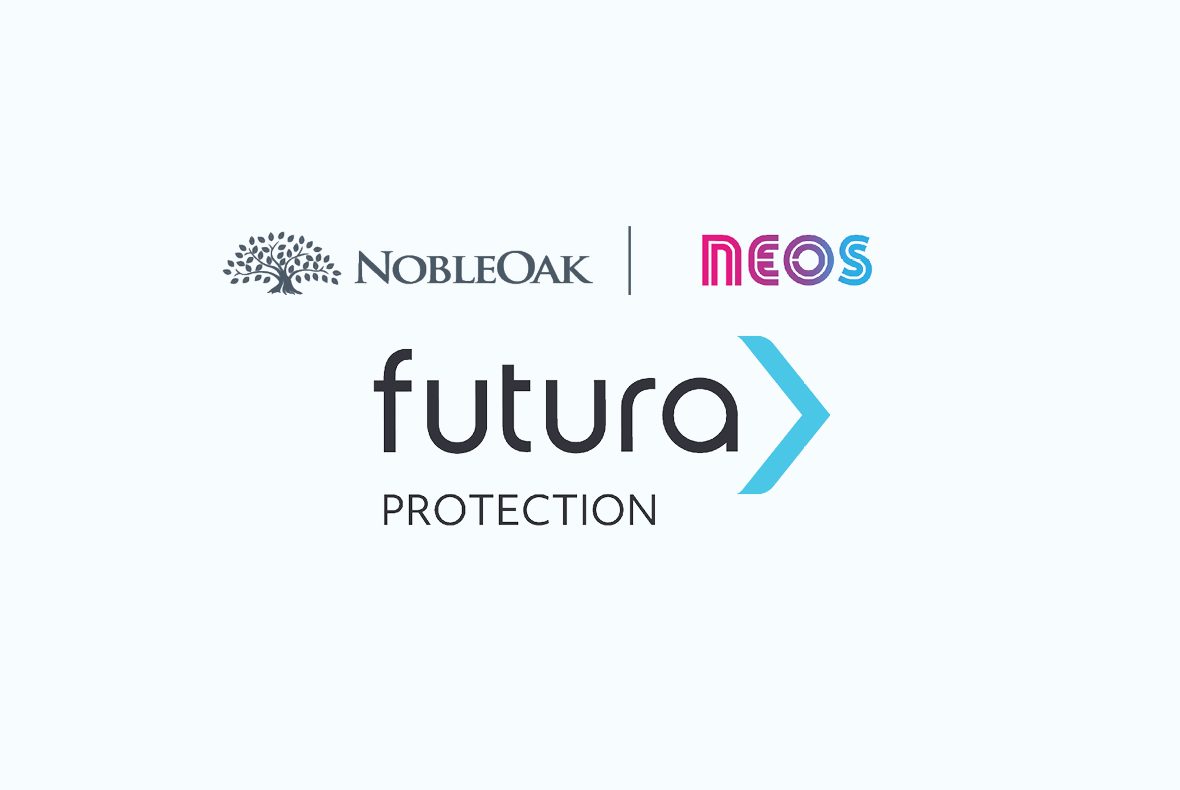How Much Income Protection Do I Need?
Income protection insurance is something to consider if you would struggle to meet your financial obligations if you became unable to work due to illness or injury. If you’re new to this type of insurance, the first question you’re likely to have is: “how much income protection do I need?”
With NobleOak’s income protection insurance, you can apply to insure up to 70% of your income. The minimum monthly benefit is $1,500 and the maximum monthly benefit is $30,000. In this guide, we’ll explain how to get the right level of coverage to suit your needs and highlight the key factors you’ll need to consider.
What is income protection insurance?
If you suffer an unexpected illness or injury that leads to you being unable to work, income protection insurance provides a percentage of your usual income to help you stay on top of your bills while you’re recovering. This type of insurance is subject to certain maximum income levels.
With NobleOak’s income protection insurance, you can choose 1, 2, 5, 10 years or to age 65 – some of the most flexible benefit periods in the industry. Your policy will generally be less expensive if you choose a shorter benefit period, and the policy will only remain active if you meet your obligations regarding payment of premiums. If you miss premium payments, your insurer may choose to cancel the policy.
It’s important to note that income insurance only provides cover when you suffer an illness or injury which prevents you from being capable of working. It doesn’t protect you if you choose to leave your job, or if you’re asked to stand down from your role.
Questions to ask about the level of cover you need
So, how much income protection do you need?
A good starting point is to think about how much money you’d need to cover your day-to-day living expenses if you couldn’t work for a while. To help figure that out, you should consider these types of questions:
- Do you have debts such as a mortgage or a car loan?
- Do you have dependents?
- Can you supplement with savings and manage on less of your income than 70%?
An example on how this could come to life
In this fictional example, Roger is a 32-year-old nurse with an annual salary of $80,000 and has just bought his first home. Now that he is responsible for a mortgage, he decides it’s time to protect himself in case of serious illness or injury. His current income enables him to take out income protection insurance to a maximum benefit value of $4,667 per month.
Roger has no dependants and no other debt besides his mortgage. He calculates that he could manage his mortgage and living expenses on less than 70% of his salary, particularly if he was sick or injured, as he would also be saving money on his usual sporting and social activities. He could also rent out the second bedroom in his house if necessary. Roger decides to take out cover for a benefit of $4,000 month with a 90-day waiting period, knowing that if his circumstances change in the future and he gets a pay rise or acquires more financial responsibilities/dependants, he will be able to apply to increase his cover to suit his needs.
Factors to consider
Once you’ve made the decision to take out a policy, you’ll need to ask yourself: “how much income protection insurance do I need?” Some of the key factors to consider are outlined in this table:
| Factor to consider | Explanation |
|---|---|
| Your monthly expenses | Add up your regular living costs including rent or mortgage, utilities, groceries, transport, and other bills. |
| How much income you need to replace | Think about how much of your income you’d need to maintain your lifestyle if you couldn’t work. |
| Super contributions | Consider whether you want to keep contributing to your super while you’re not earning. Some policies include this, others don’t. |
| Other insurance you already have | Look at your existing cover, such as life insurance, TPD, or trauma insurance. These might help reduce how much income protection you need. |
| Support from family or friends | Assess any potential support you might receive from family or friends. |
| Waiting period | How long could you manage without income before your payments kick in? The longer the wait, the lower your premium. |
| Benefit period | How long would you want payments to continue – a few months, a couple of years, or up to age 65? |
Tips to calculate the cost of your policy
Now that you know the basics, it’s time to calculate the cost of your policy. Here are some tips that might help you:
Tip 1: Understand the average cost based on your income
The cost of your policy will vary depending on your income. Generally, those looking to insure higher incomes can expect to pay more for Income Protection cover. This is because they would also make larger claims, should they need to claim under the policy in order to cover a decent percentage of their income.
Of course, a number of other factors are at play in determining your premium costs. For example, smokers will usually pay higher premiums because they statistically place themselves at higher health risk.
Tip 2: Find out how your occupation could affect your policy premium
Your occupation will also have an impact on your policy.
Insurers take the risk your job presents into account when quoting a premium. For example, a retail manager may pay less than somebody who works in construction. That’s because the latter worker is generally considered to be slightly more at risk of suffering an accident or injury that disables them.
So your job will tend to affect your income protection premium – the riskier your work is considered by an insurer, the higher your premiums are likely to be.
Tip 3: Understand the differences between variable age stepped and variable premiums
Variable age-stepped premiums (sometimes known as stepped premiums) tend to start with being less expensive initially. However, they become more expensive with each passing year as you get older. Most life insurers now offer variable age stepped premiums.
A variable premium will generally have a higher starting premium price. That premium stays in place for the entire duration of the policy and means that you will actually pay less when you are older (relative to a policyholder who holds a variable age-stepped premium policy which is otherwise similar).
Tip 4: Work out how much of your income you want to cover
Generally speaking, you won’t be able to insure all of your income under an income protection policy. Usually, this is also subject to an overall maximum pre-tax income. NobleOak for example offers a 70% maximum.
Work out how much that is for you and then compare it to your monthly expenses. You may find that 70% covers more than the essentials. If this is the case, you have a decision to make.
You could stick with 70% and pay the premium associated with taking out a policy with maximum return, or you could insure for a lower percentage of your income and pay less for the policy. Of course, considering the latter option only really makes sense for those who are confident that they can get by with a lower percentage of their income.
Help protect your income (and protect your family)
NobleOak is proud to offer award-winning income protection insurance, helping working Australians stay covered during times of misfortune.
Our online quote tool makes it easy to find out how much your NobleOak insurance premiums might cost. You can also get in touch with our team to discuss your options on 1300 041 494.
For more information about income protection insurance, head over to NobleOak’s Insights:
- Understanding Income Protection and Whether It Covers Redundancy
- Is Income Protection Worth It? The Pros And Cons
- What Products Sit Under the Umbrella of Life Insurance and How Do They Differ?
Any financial product advice is general in nature only and does not take into account your individual circumstances, objectives, financial situation, or needs. Before acting on it, please consider the appropriateness of the information, having regard to those factors. Any third party websites or tools referred to are subject to their own terms and conditions and NobleOak Life Limited makes no representation or warranty as to any information on those websites. Persons deciding whether to acquire or continue to hold life insurance issued by NobleOak Life Limited should consider the relevant Product Disclosure Statement and Target Market Determination for the product. NobleOak Life Limited ABN 85 087 648 708 AFSL 247302.
Related Insights


Income Protection Insurance & Superannuation: Inside vs Outside Superannuation


NobleOak launches new advised product, Futura Protection, in partnership with NEOS
Help protect your family with Australia's most awarded direct life insurer seven years running (2019 - 2025)



